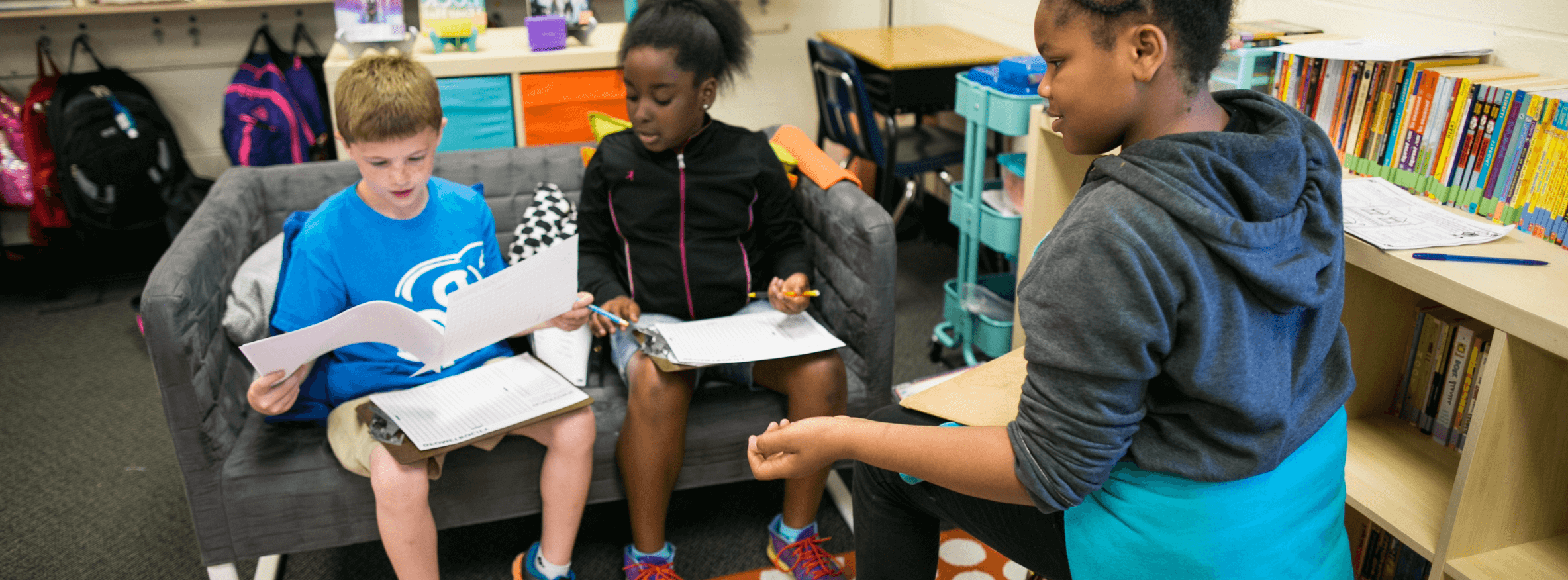
Essay on should teachers use heterogeneous grouping with regard to the ability in forming classroom learning groups?
Nowadays, the issue of heterogeneous grouping has been a highly important topic of debate. Researchers and psychologists state that heterogeneous grouping is a complicated process that has its strengths and weaknesses. But should teachers use heterogeneous grouping with regard to the ability in forming classroom learning groups? Today, many educational settings use this method combining students with different levels of knowledge, skills, and abilities, and often the benefits outweigh the possible risks. Most teachers believe that grouping is one of the most effective strategies to achieve results and improve the student’s overall learning process. But psychological experts explain that first and foremost, it is crucially important to identify the purposes of this education method. On the one hand, “if the purpose of the group learning activity is to help struggling students, then the research shows that heterogeneous groups may help most.” (Johnson, 2014) On the other hand, “if the purpose of the group learning activity is to encourage medium ability groups to learn at high levels then homogeneous grouping would be better.” (Johnson, 2014) On the whole, combining students with different abilities and knowledge in the same group has its strengths and limitations. As evidence shows, talented and gifted students may feel pressure from their classmates and lack intellectual stimulation, which may result in frustrations and boredom. Often these students play the role of the so-called “second teacher” who organizes the learning process and does all the work. But to students with anxiety or learning disabilities, the heterogeneous grouping may bring a lot of advantages, such as improving social skills, reducing possible stigma, developing trust, and learning from the students in the classroom. There is no doubt, the heterogeneous grouping method helps struggling students improve their skills and abilities. The technique of combining different learning skills and styles positively affects students’ development and creativity, both personal and educational.
References:
Johnson, B. (2014). Student Learning Groups: Homogeneous or Heterogeneous? Retrieved from https://www.edutopia.org/blog/student-grouping-homogeneous- heterogeneous-ben-johnson

